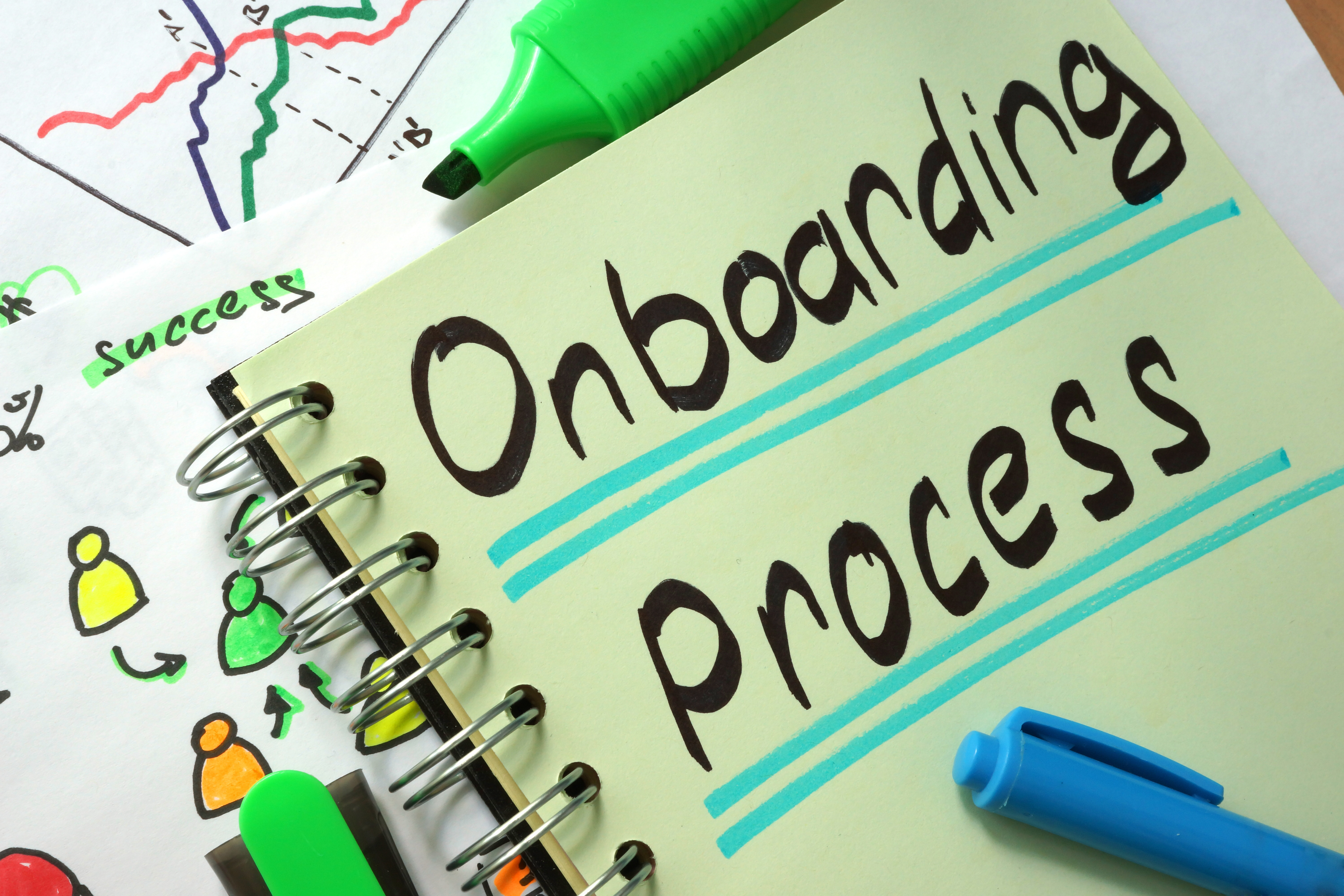
In many ASCs, a new employee’s initial day on the job consists of filling out new hire paperwork, reviewing pertinent portions of the employee handbook, being introduced to other employees, quickly touring the facility, and, well, getting to work. ASCs are small businesses – no frills, limited time, tightly managed resources, one big happy family. Showing a new employee the ropes is typically a crash course consisting of several employees disseminating lots of information in a short period of time.
It’s no wonder new employees experience frustration and dissatisfaction early on. We’ve thrown them into the pool. It should be no surprise when new employees struggle – often in many little ways. Sure, they knew how to swim and made it to the other side safe and sound. But it certainly wasn’t a pleasant experience.
This is why many management articles focus on the importance of onboarding. Onboarding is, essentially, organizational socialization. It is the process through which new employees acquire the knowledge, skills, and behaviors necessary to integrate effectively into an existing organization. If you do not currently have a formal onboarding program in your facility, implementing one will go a long way toward increasing employee satisfaction and retention.
When creating your onboarding process, begin with the end in mind. Typically, the end goal is to retain highly qualified employees who synergistically enhance your team. What tasks do you need to undertake to achieve your desired goal?
Establish onboarding program objectives.
Here are some objectives to consider:
- Teach new hires about your facility’s mission, vision, and core values. Avoid having them read about these workplace tenets. Have your medical director, team leads, and personnel from every department explain how these principles translate into employee behaviors and mindsets.
- Provide socialization opportunities in the workplace. Arrange for multiple employees to conduct the facility tour. Let a PACU employee provide them with a tour of post-op. Allow front office personnel an opportunity to explain the scheduling, verification, pre-authorization, and registration processes. They will garner valuable insights during these interactions. Host a welcome breakfast or lunch. Ensure every member of the team has a chance to participate in this informal gathering. Help new employees feel good about the role they fulfill and who they work alongside.
- Educate new hires about the company culture. Review the unspoken “rules.” Provide insight into facility nuances.
- Discuss performance standards and expectations. Outline your expectations, how you measure performance, and what it will take to succeed.
- Teach them how to do the work. Let them know where they can obtain the necessary materials to perform their job. Identify who they should go to when a problem arises. Clearly convey whose approval they need before altering a process or changing plans.
Structure your onboarding process with strategic forethought.
It includes a written plan/checklist tailored for each position. Some elements of that plan will apply consistently across all positions. Other plan elements will require a deep dive into position specifics. Ensure each plan incorporates input from key team members. Their unique perspectives about what needs to be covered during the first few days, weeks, and months of a new employee’s tenure will lend itself to a comprehensive process.
Take care of logistics prior to your new employee’s first day.
Expend the time and energy necessary to create user names and passwords to essential software programs. If scrubs are provided, make certain the correct size is on hand. Have a locker available to store valuables during their workday. Provide them with their name tag. Order supplies for their workstation, when applicable. Let them know how to obtain additional items they will need to be efficient and effective.
Ensure the process is interactive; not an information dump.
Intersperse reading materials in small chunks throughout their initial days on the job. Ask new hires about their preferred learning style and do what it takes to accommodate those style needs. Allow ample time for them to observe, while still providing frequent opportunities for hands-on practice.
Avoid rushing the process.
Spread it out over several months. Plan on spending the initial employment period (30-90 days) focusing on your new hire. Recognize onboarding takes time which, if executed well, yields a high return on your investment. Consider assigning a mentor to extend the orientation process in the 6-9 months following the initial employment period. Finally, follow-up at regular intervals – 30 days, 60 days, 90 days, 6 months, 9 months, and annually. Use these follow-ups to assess progress and check in with the employee to determine ongoing needs.
A well-crafted onboarding program leads you to desired results. In fact, it can serve as an amazing recruitment tool. So much so that applicants might be queuing up at the door hoping to fill your next vacant position.
Kim Woodruff – Vice President of Corporate Finance & Compliance

